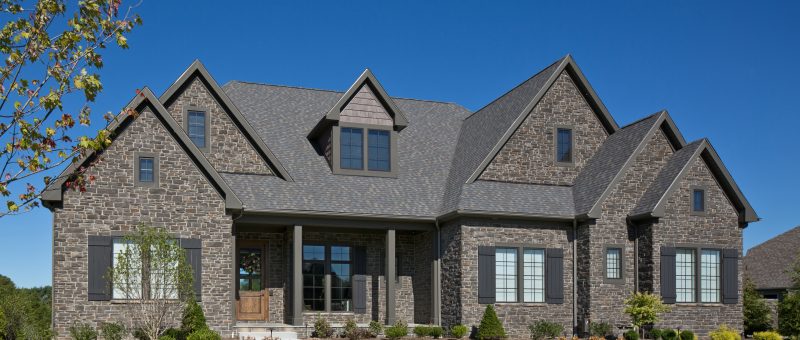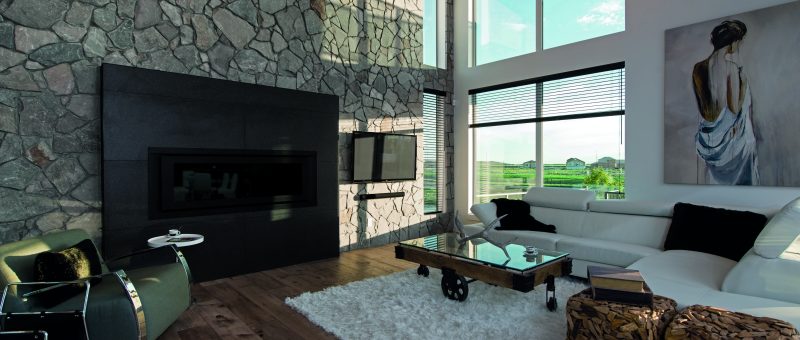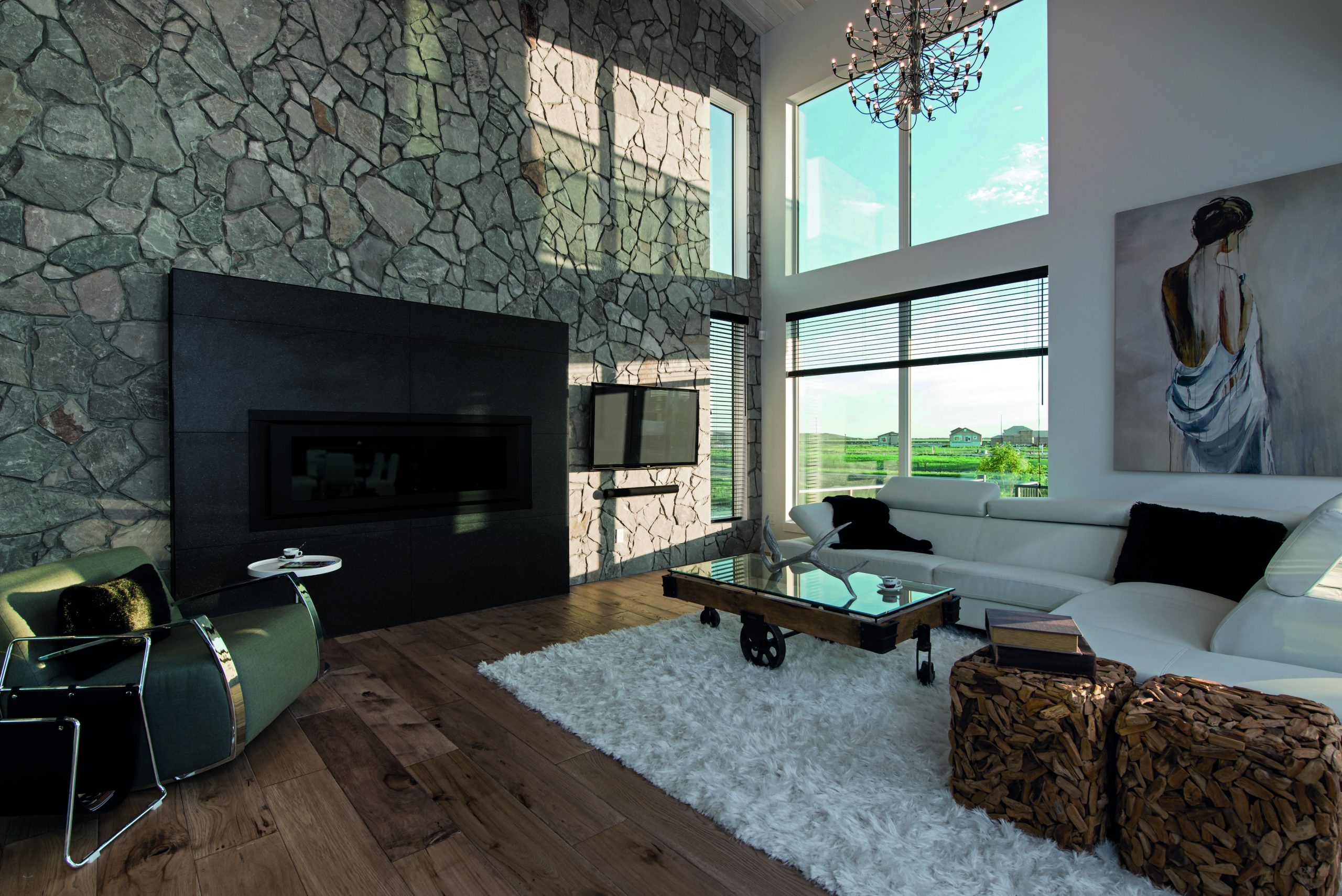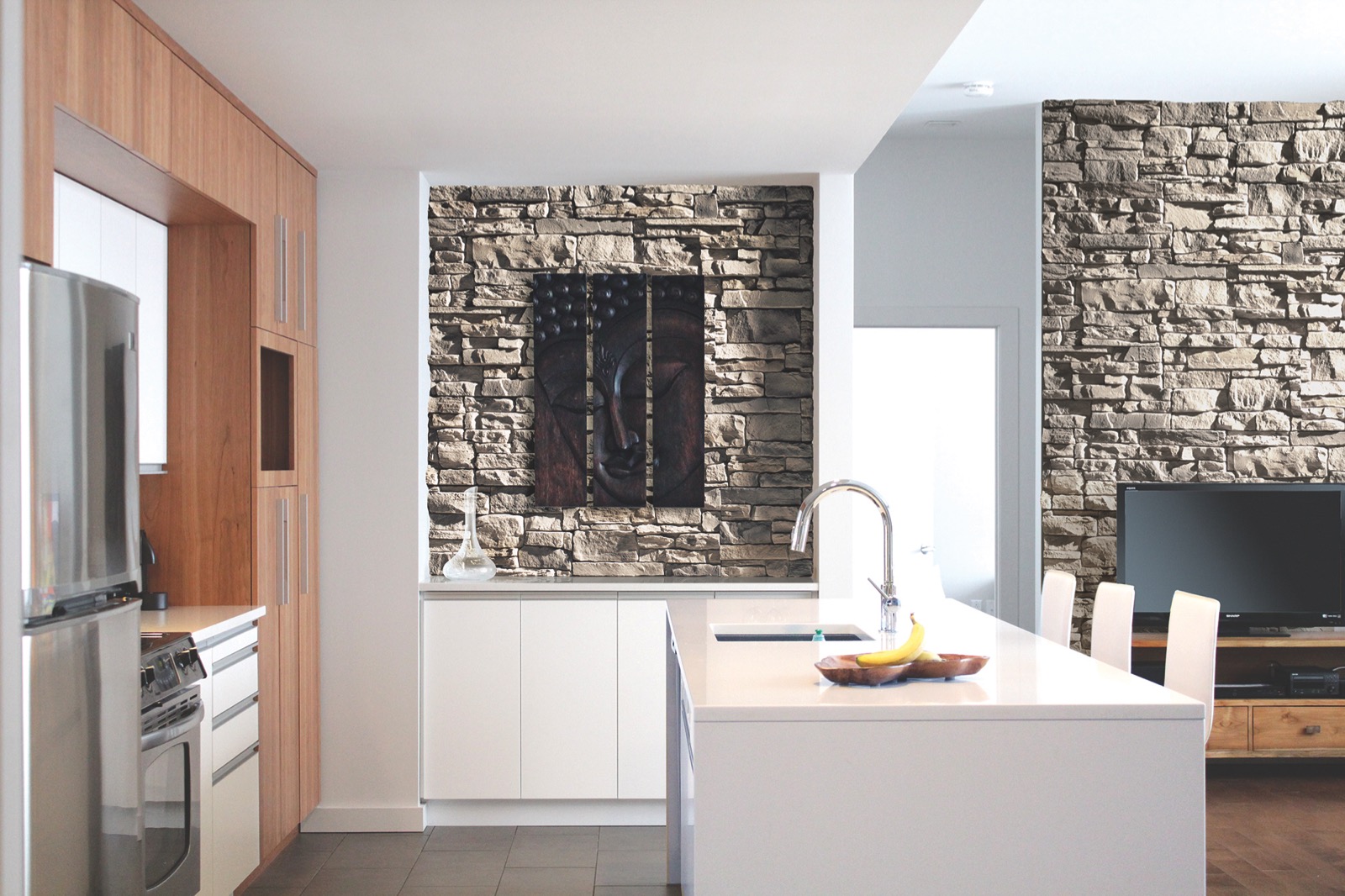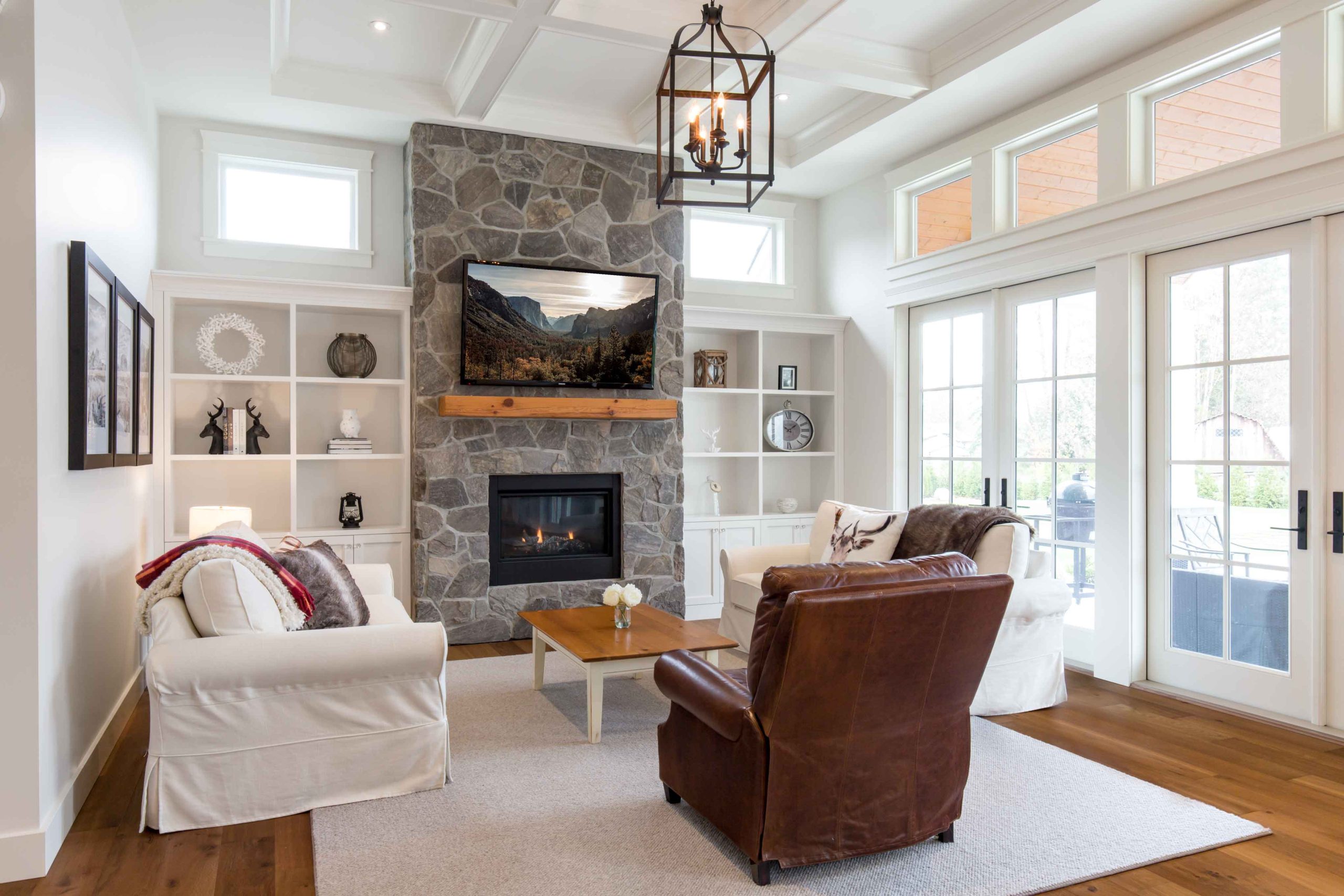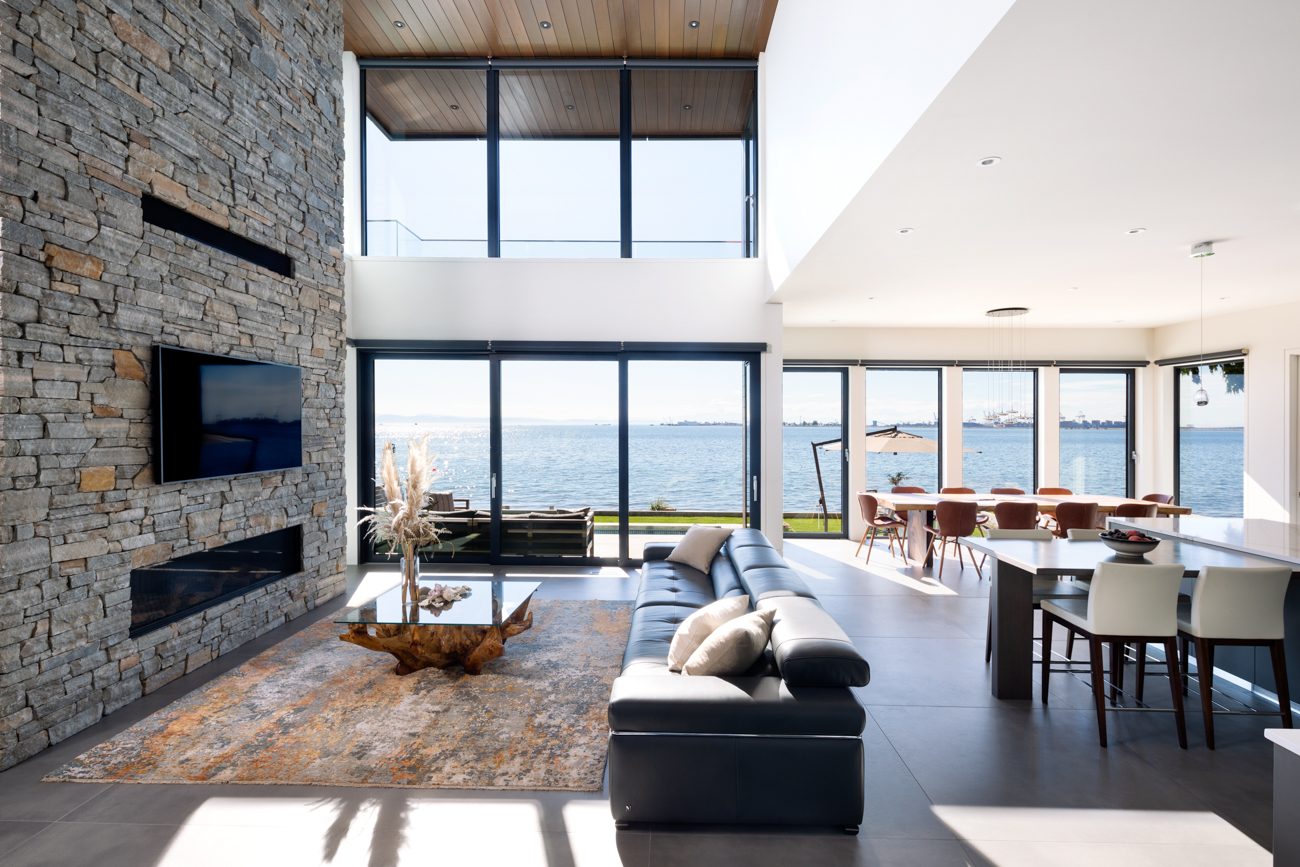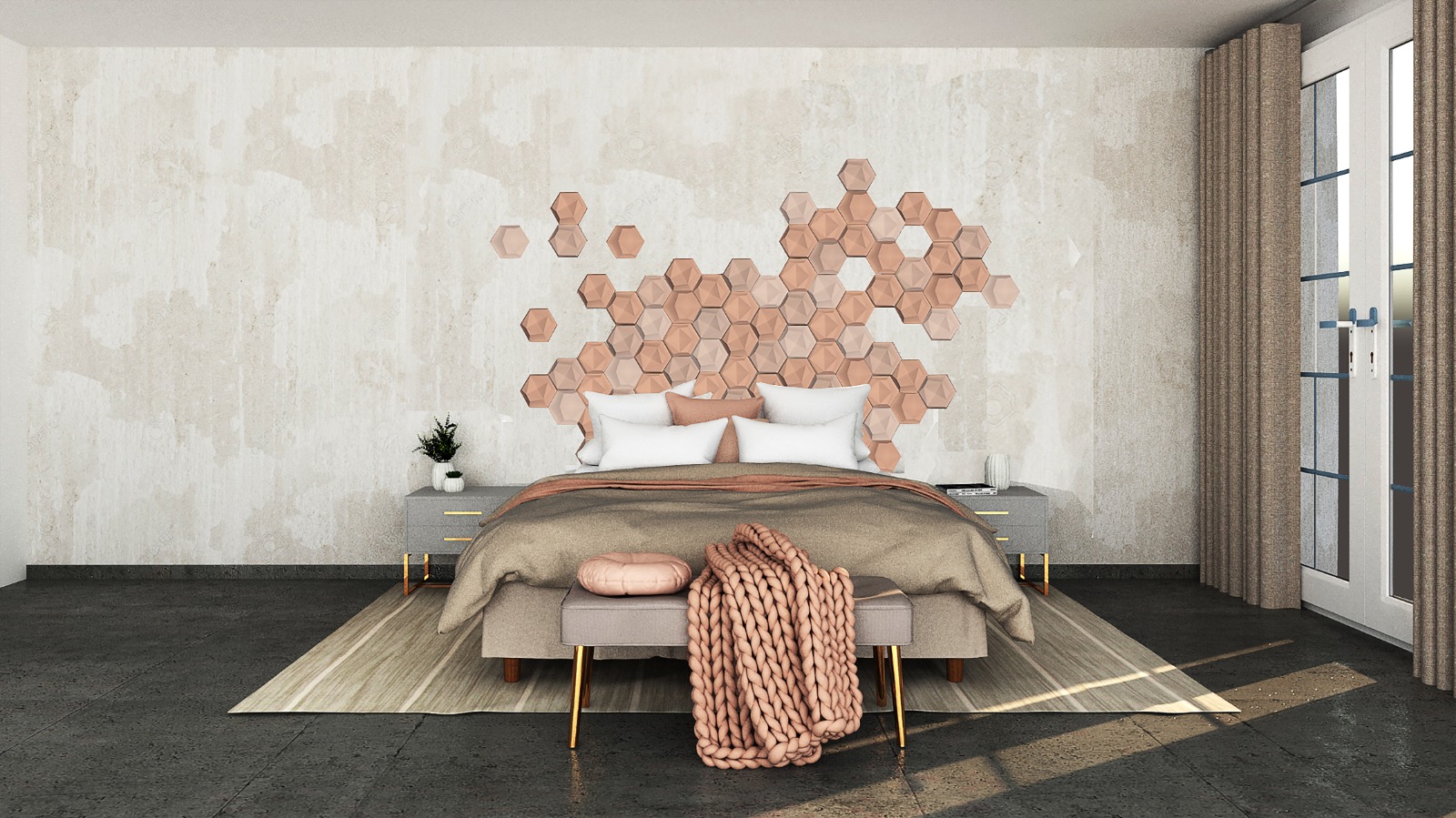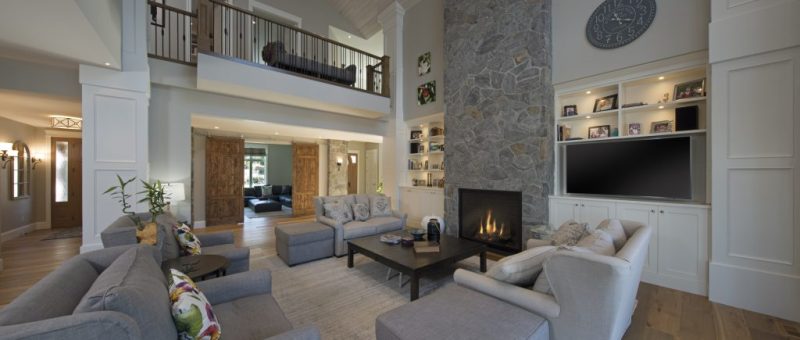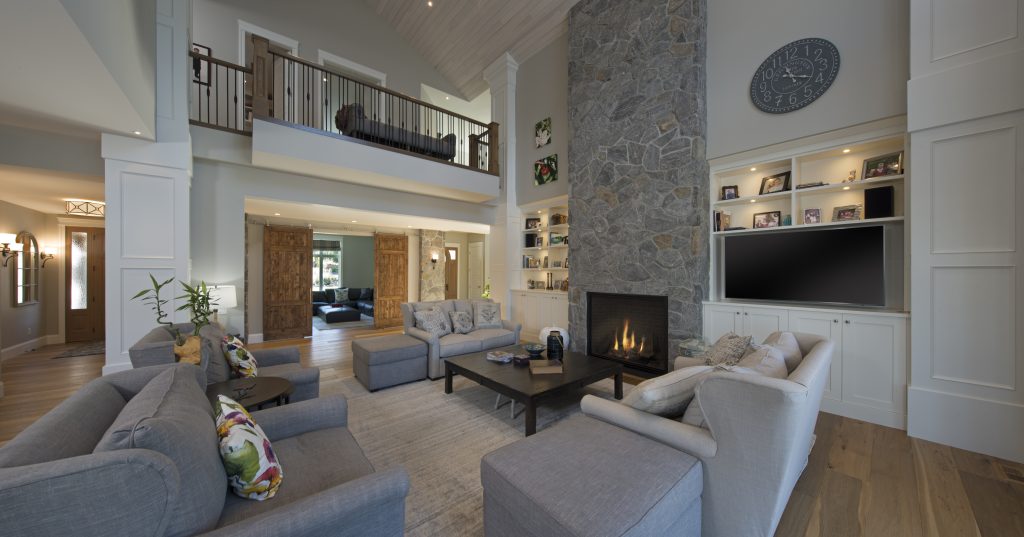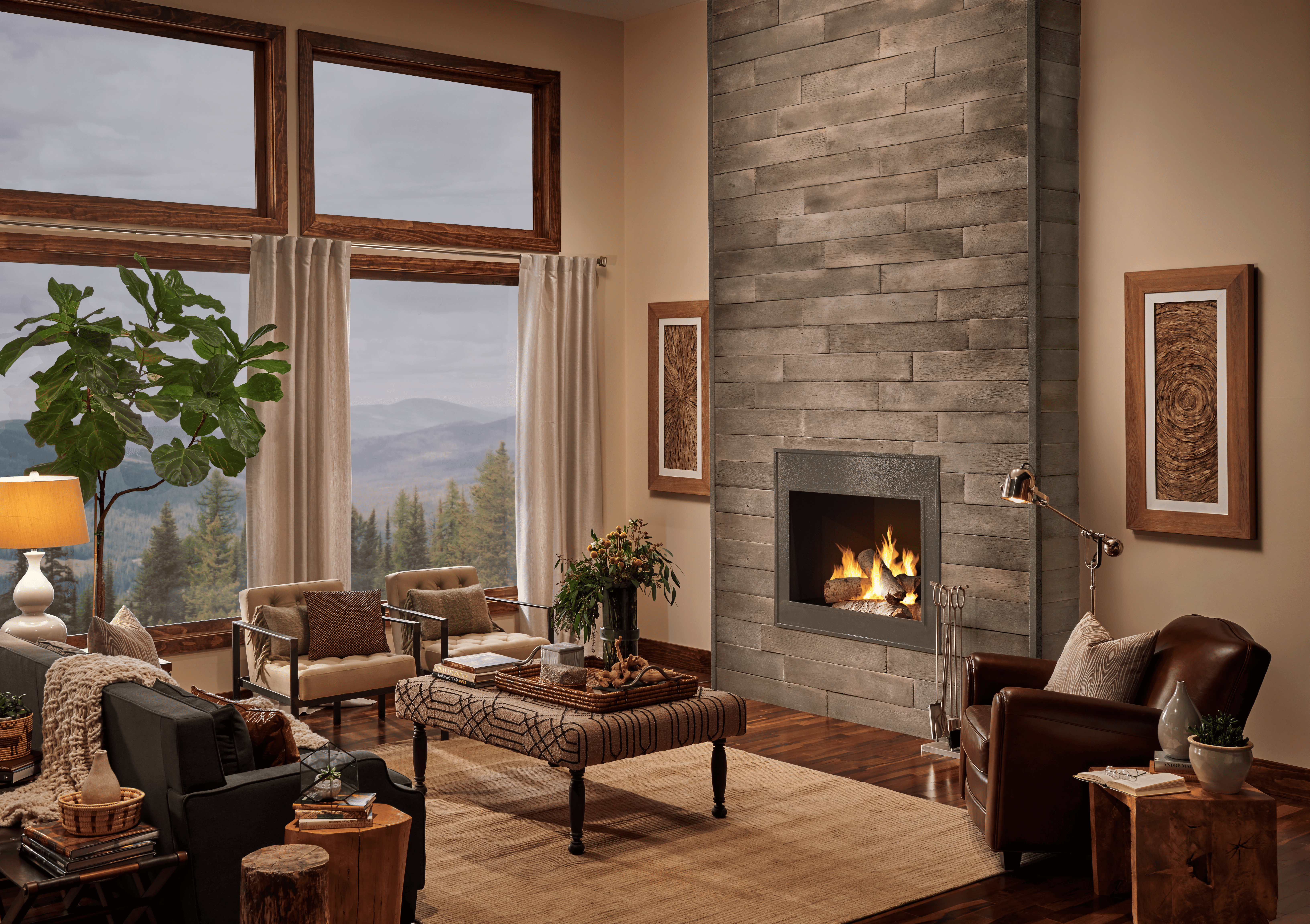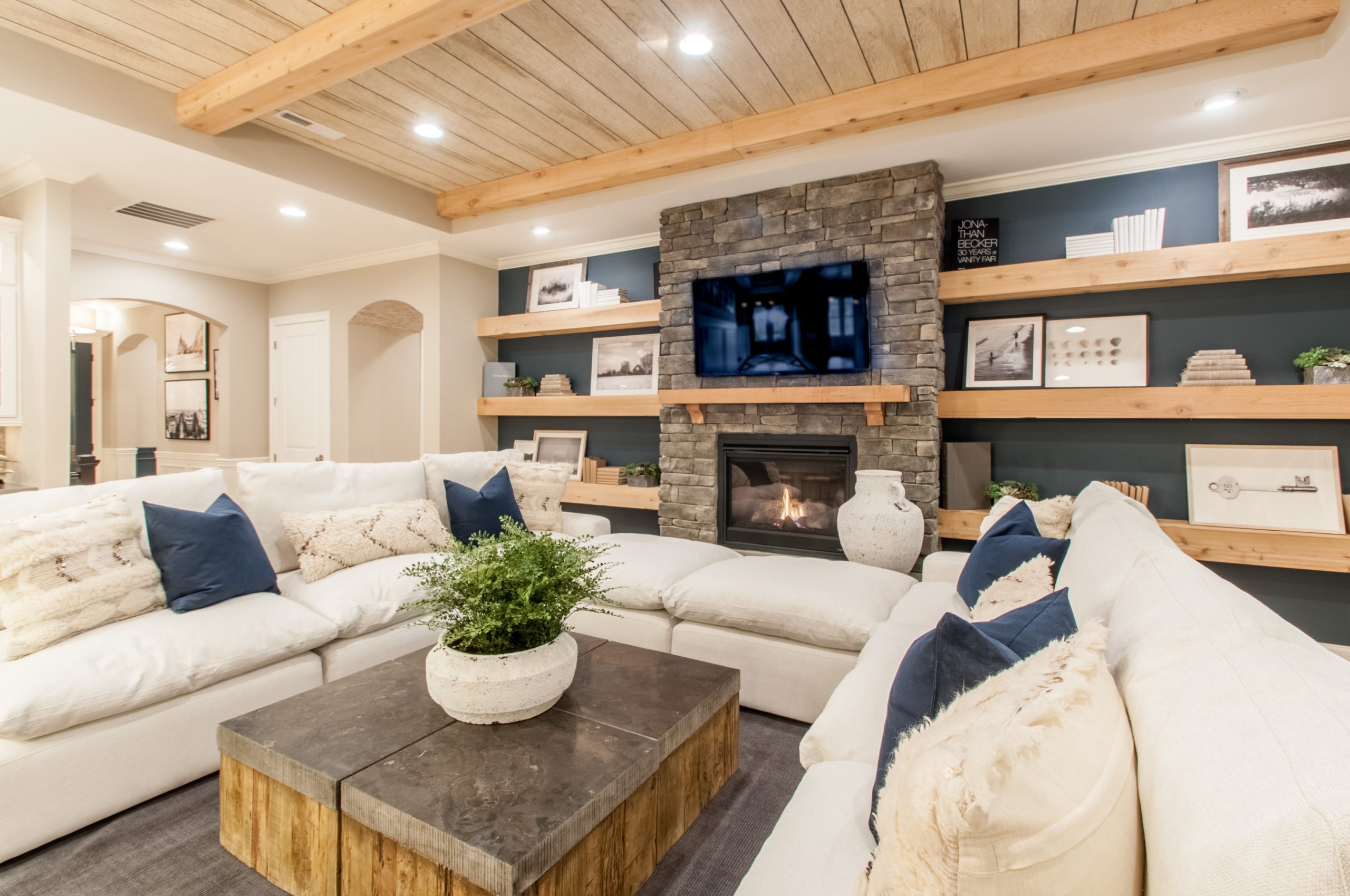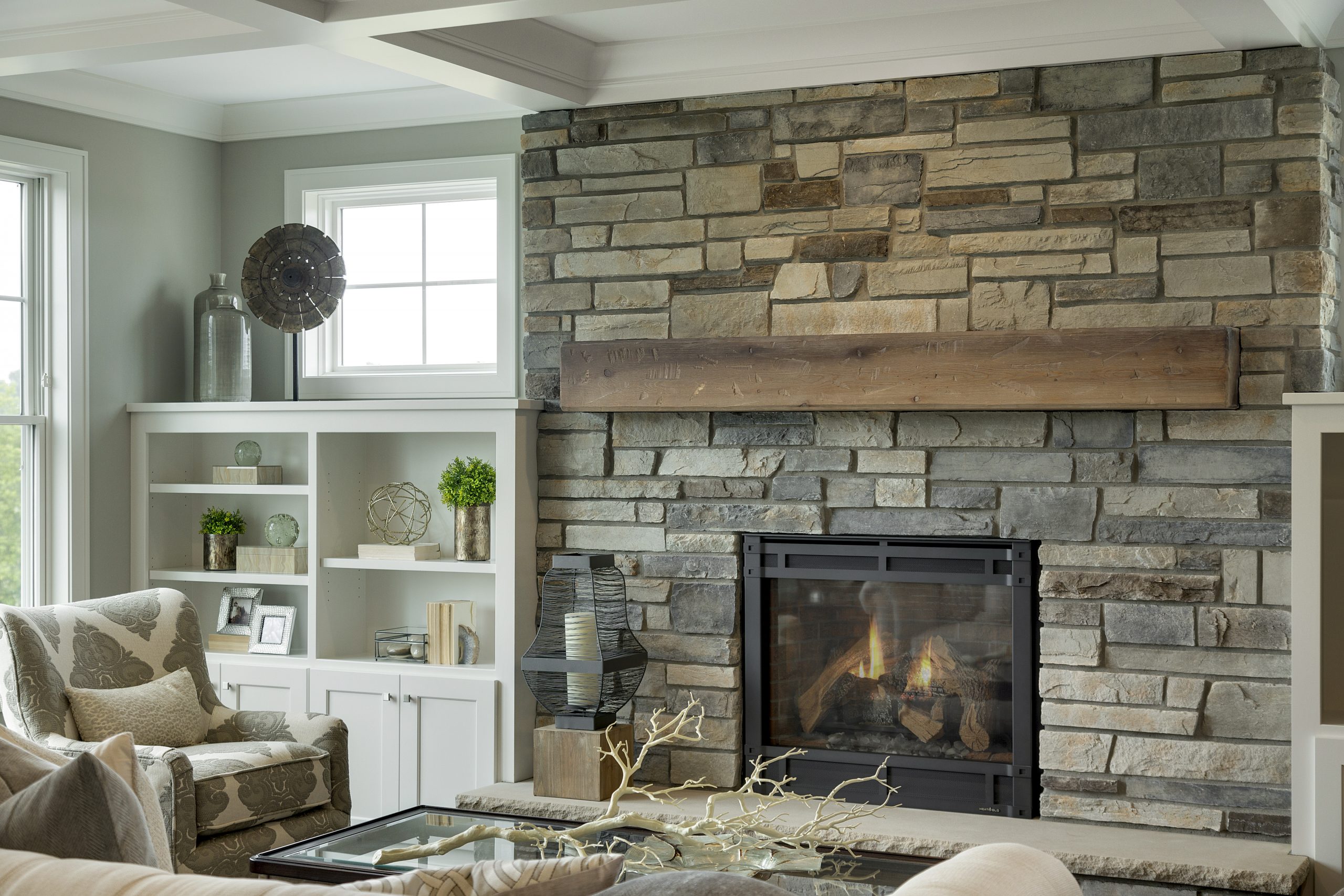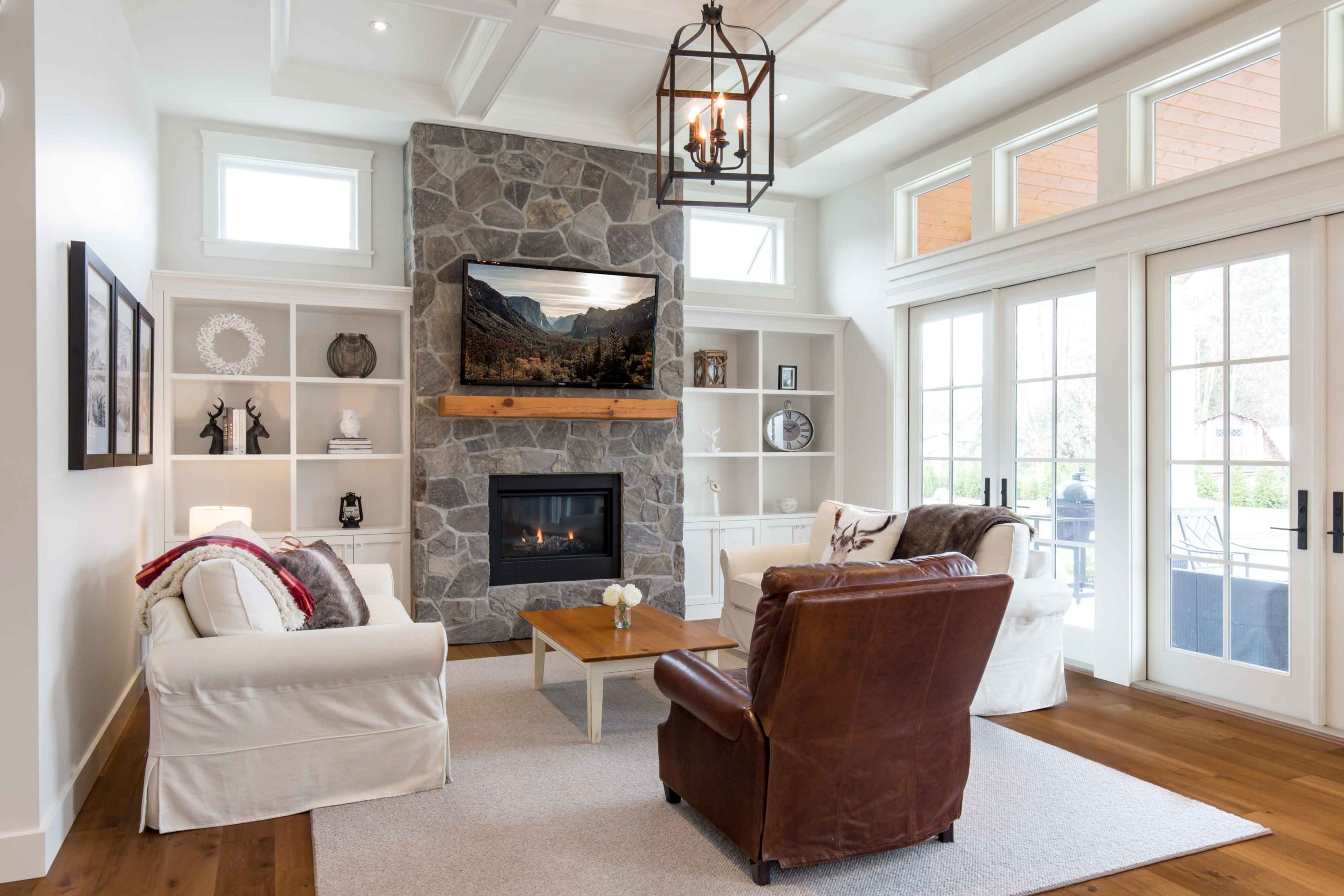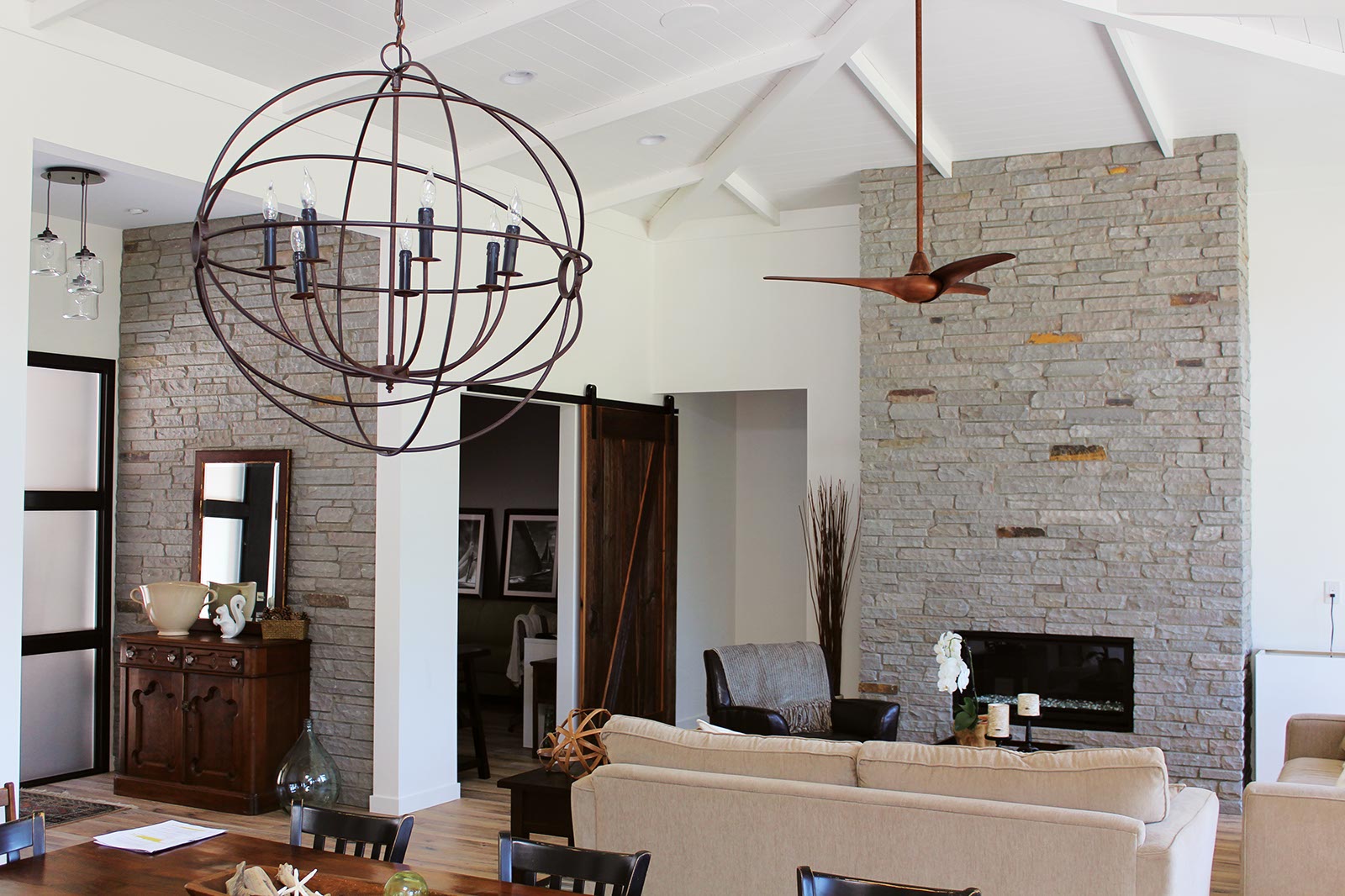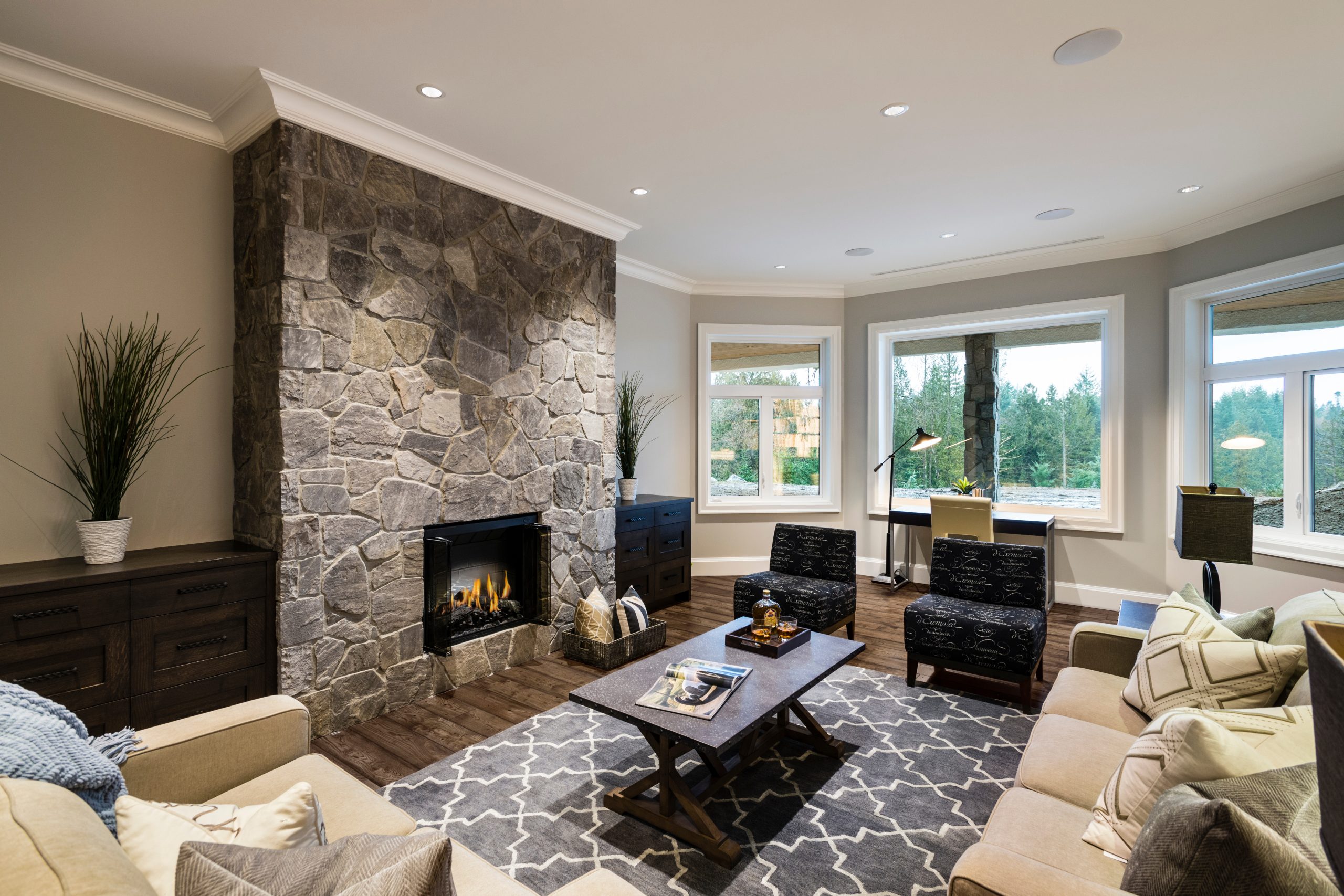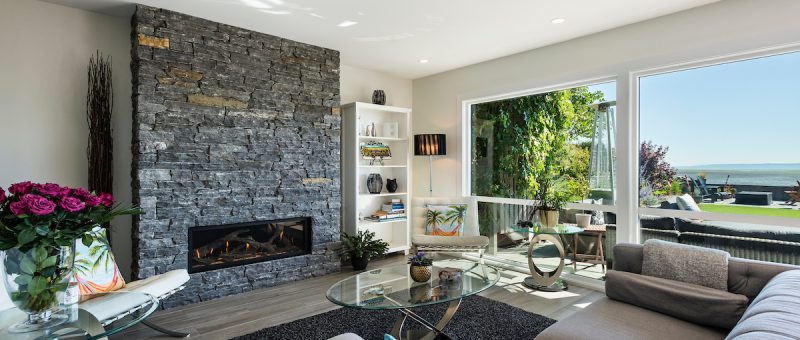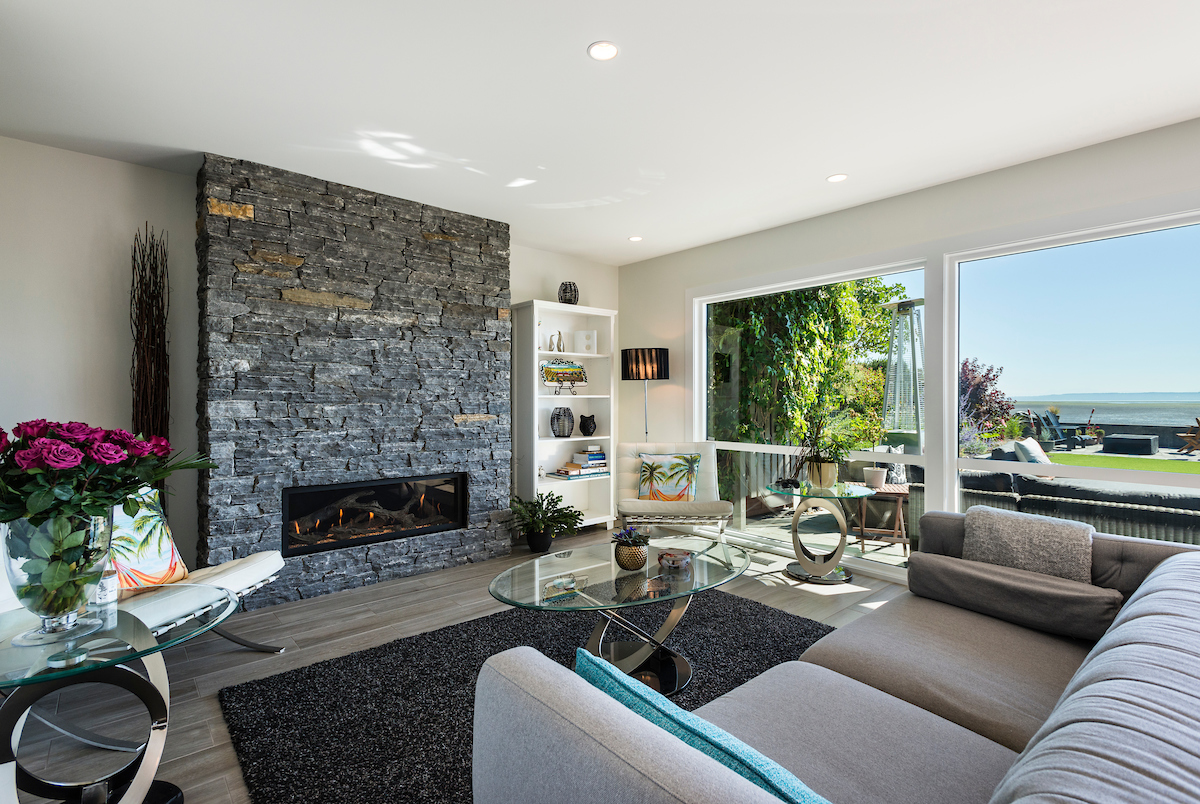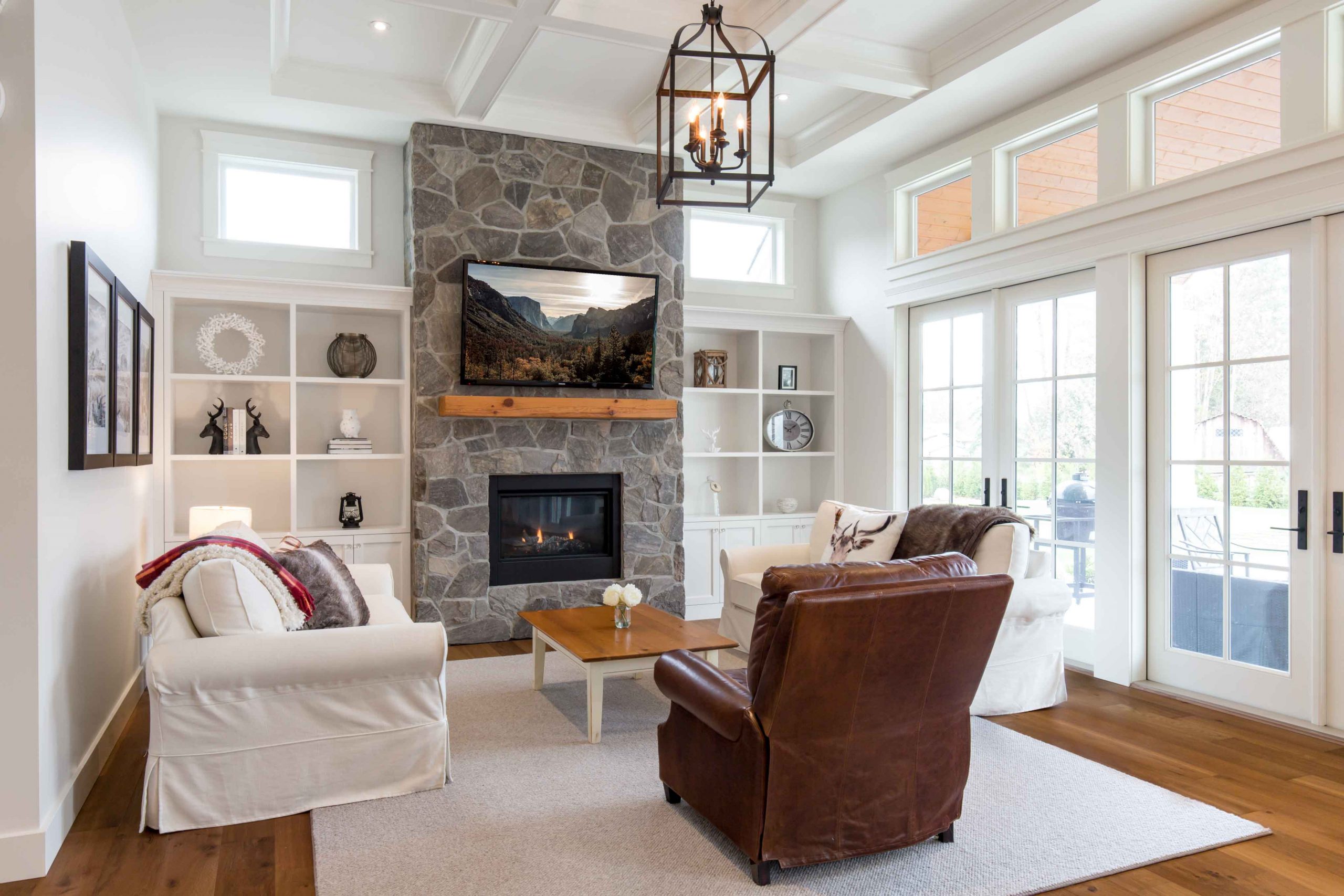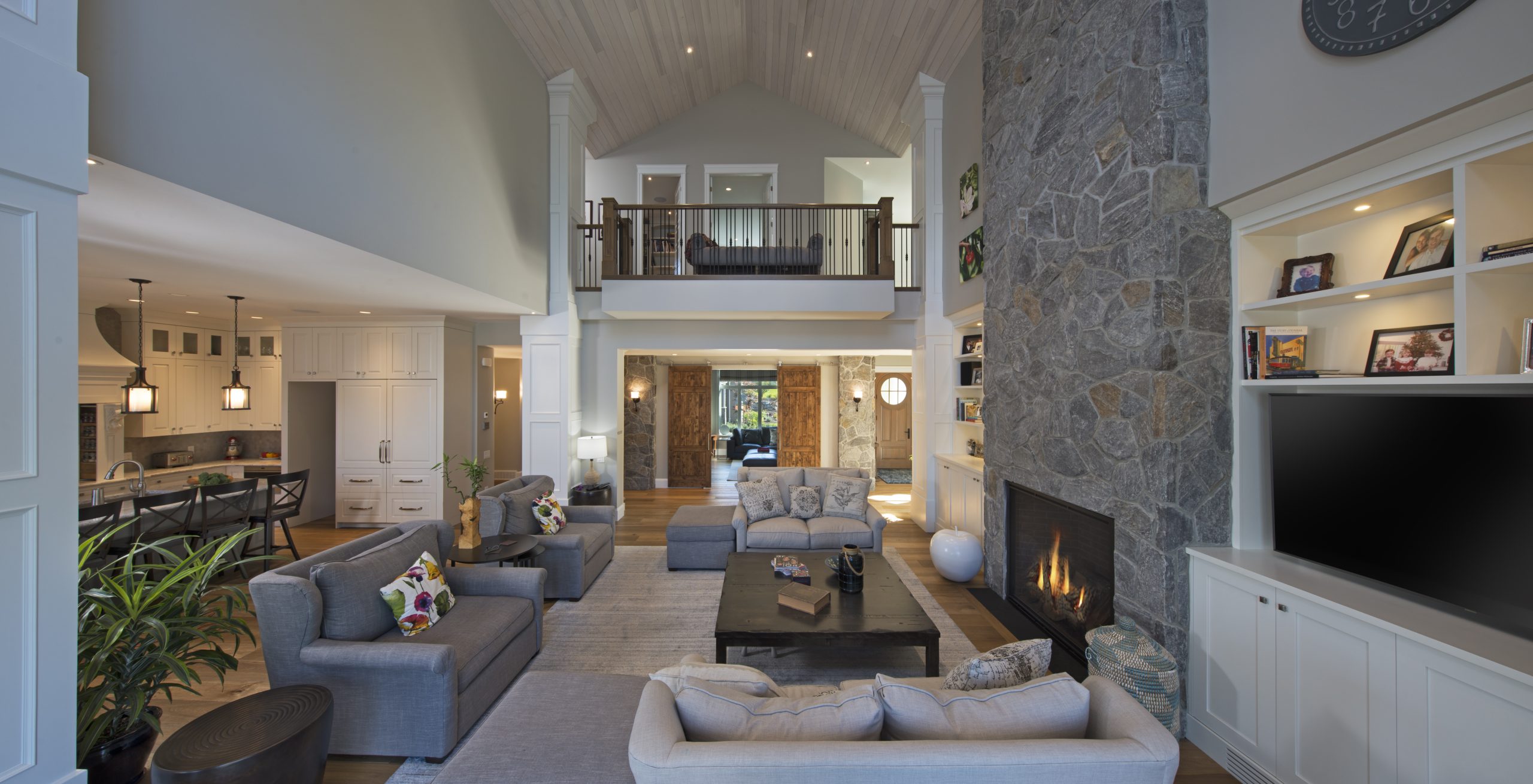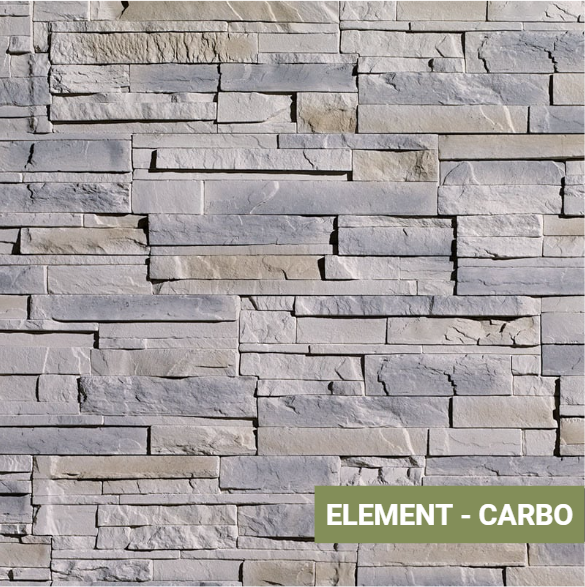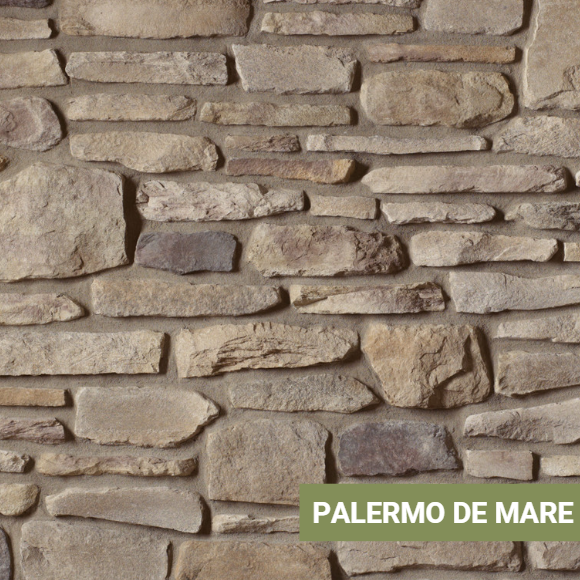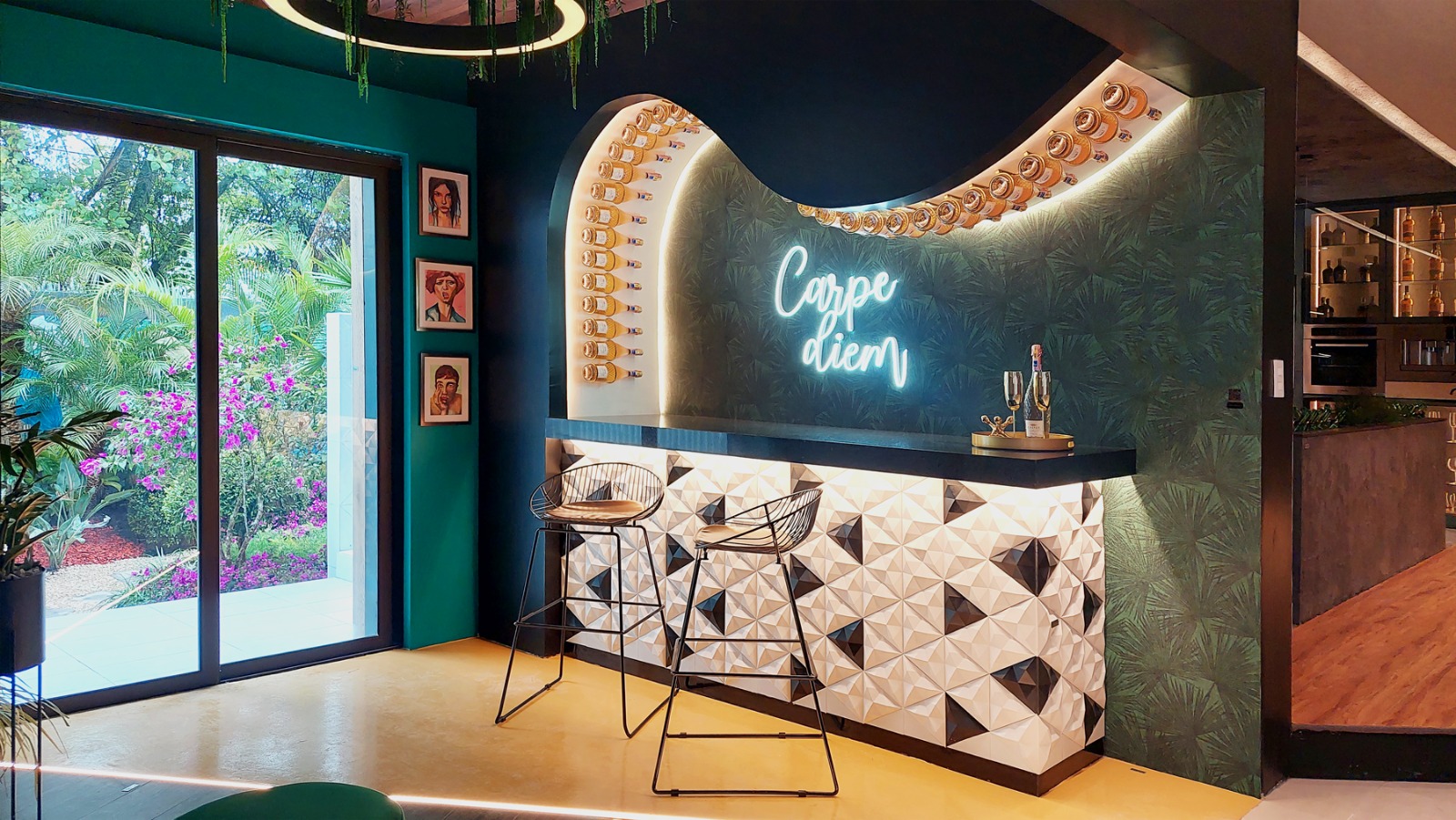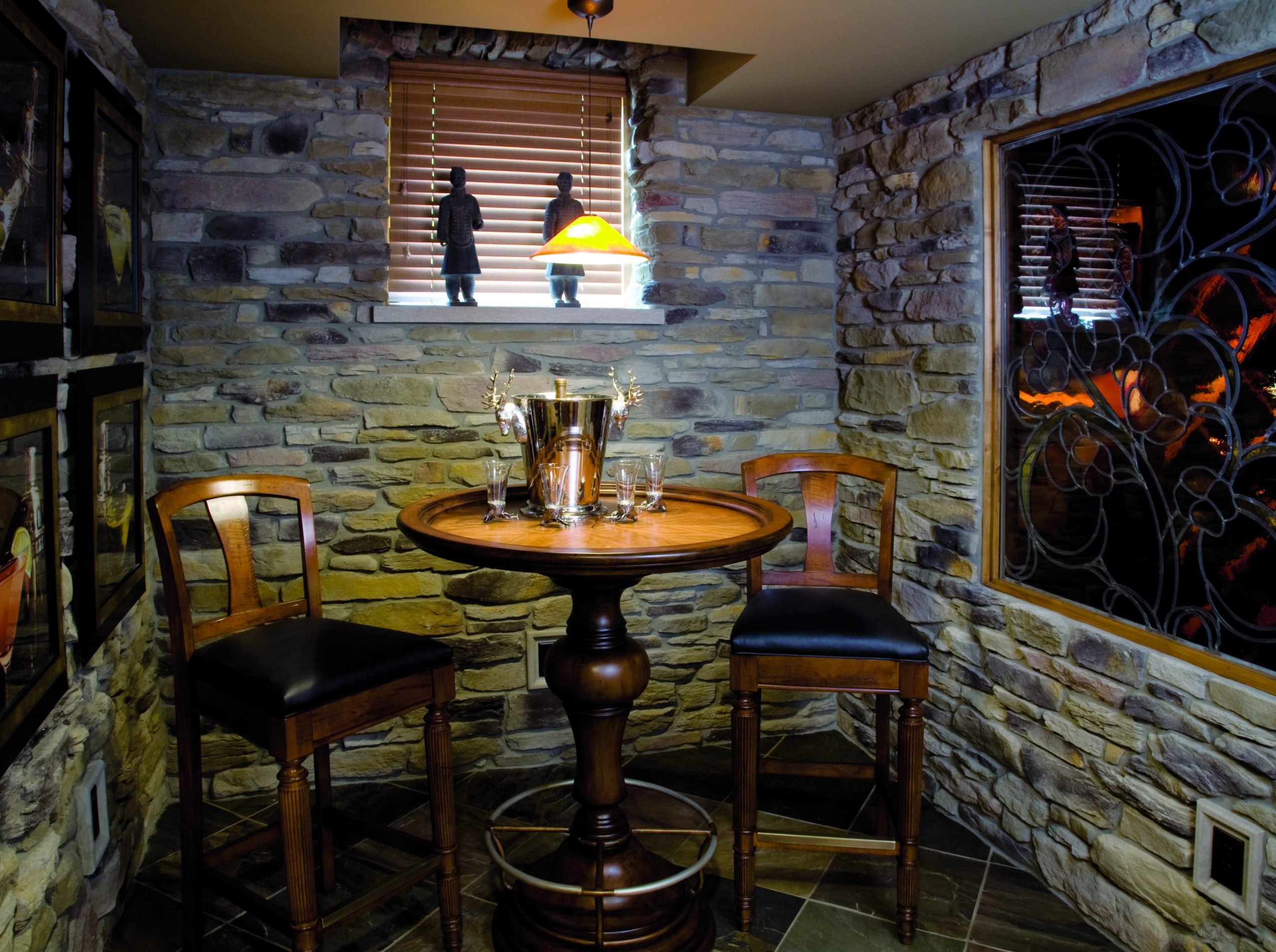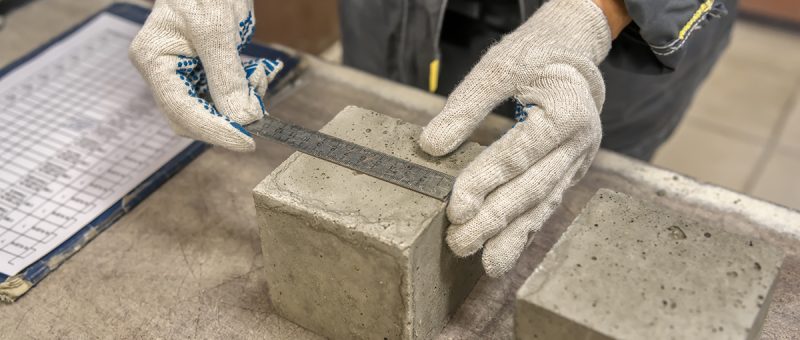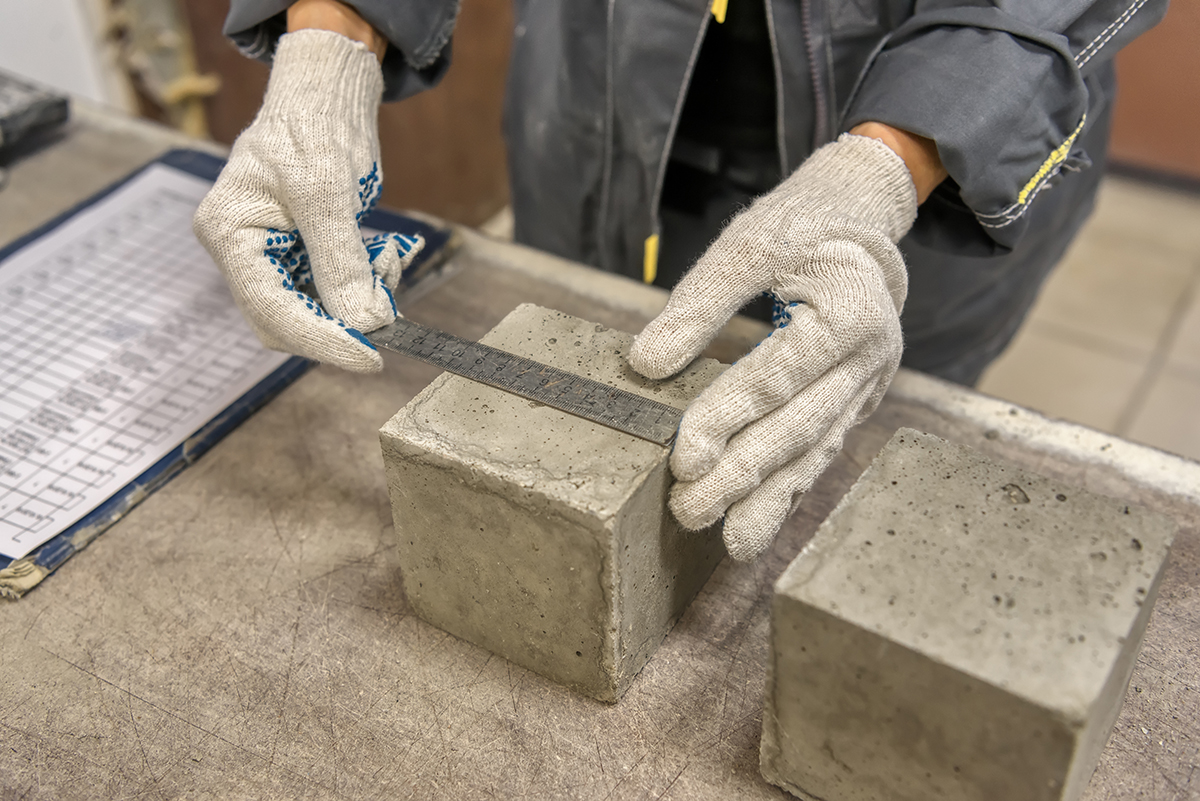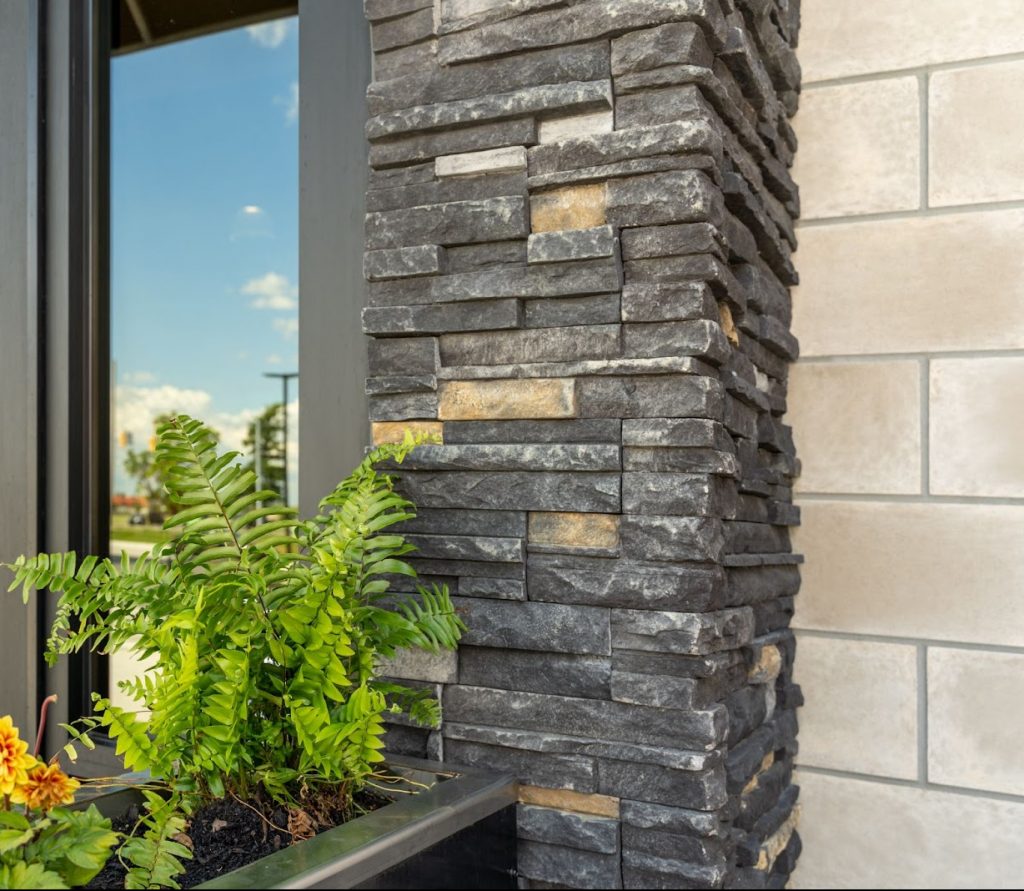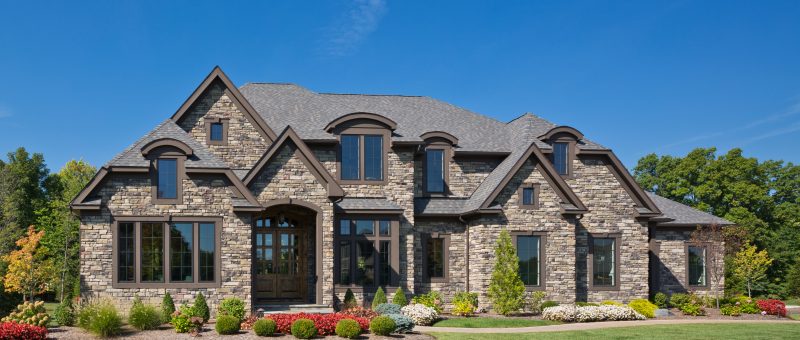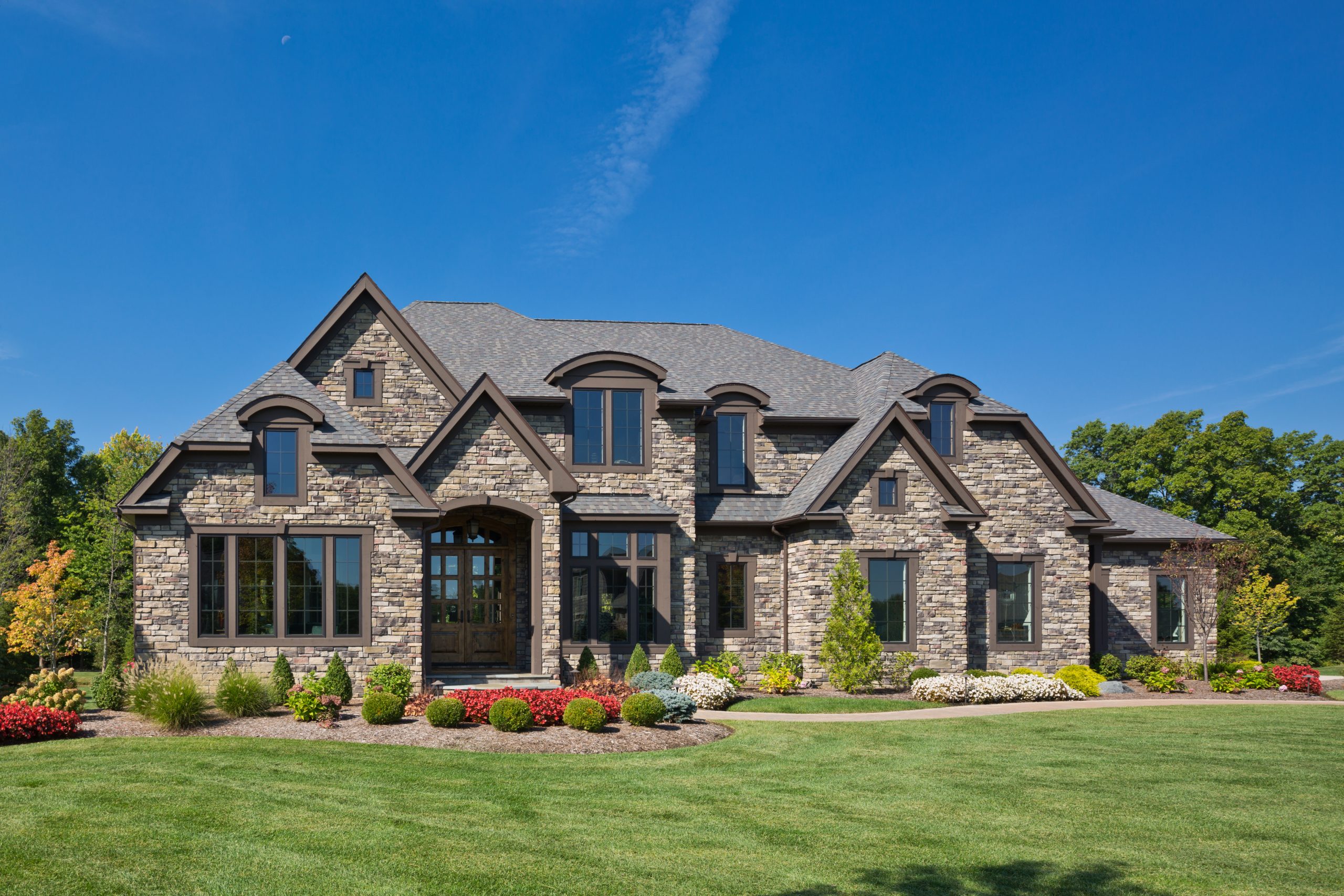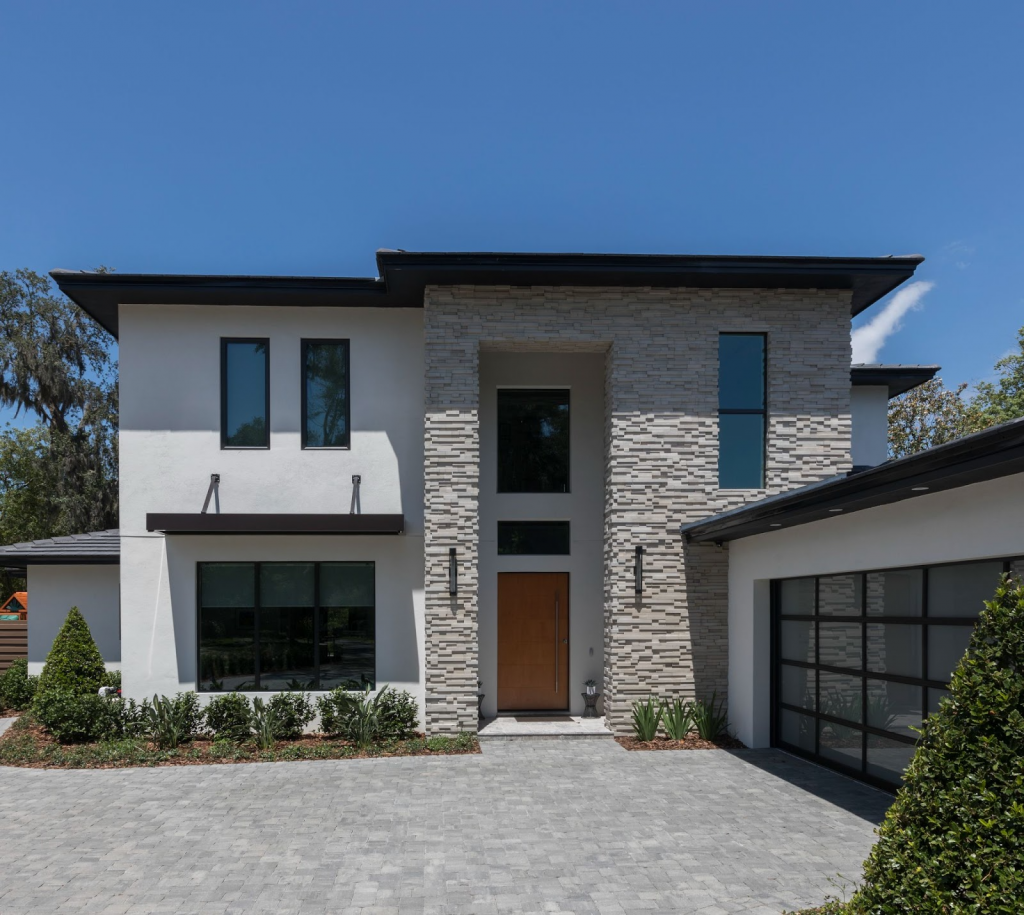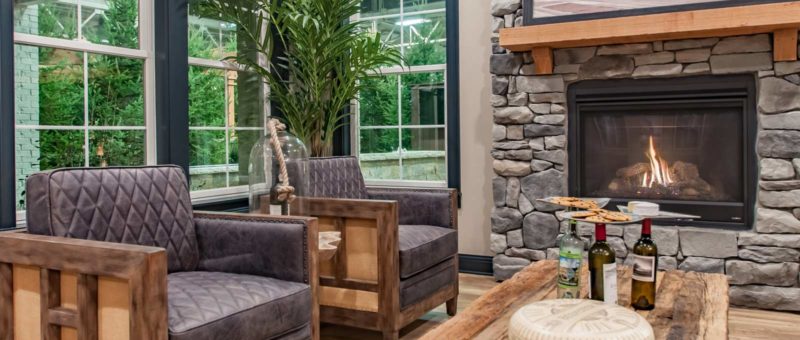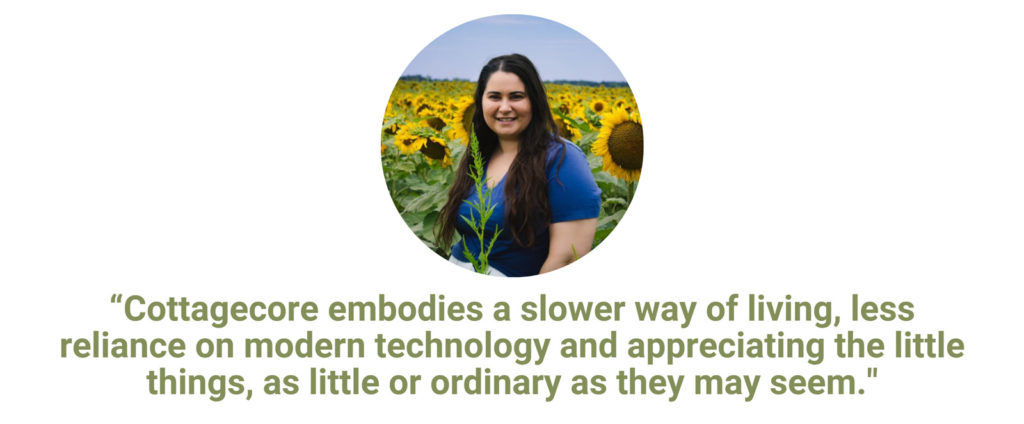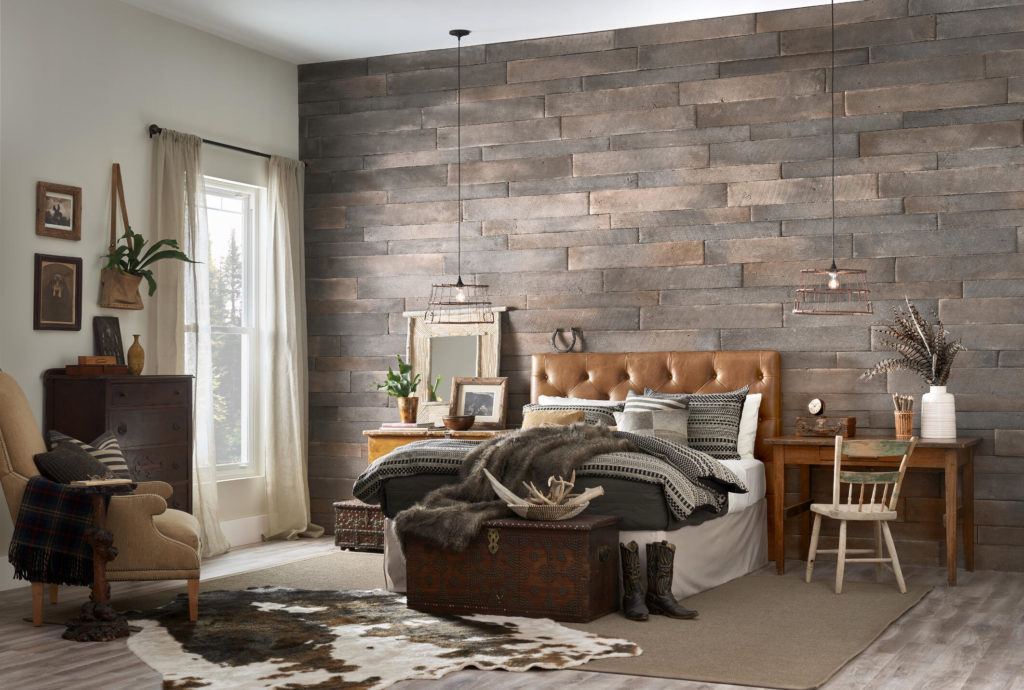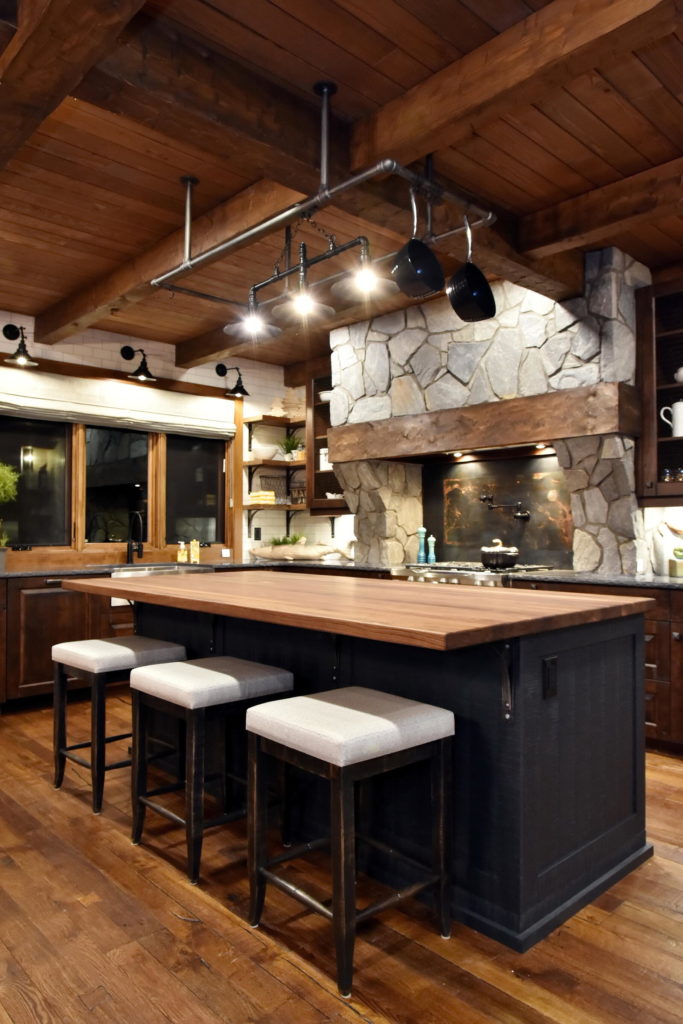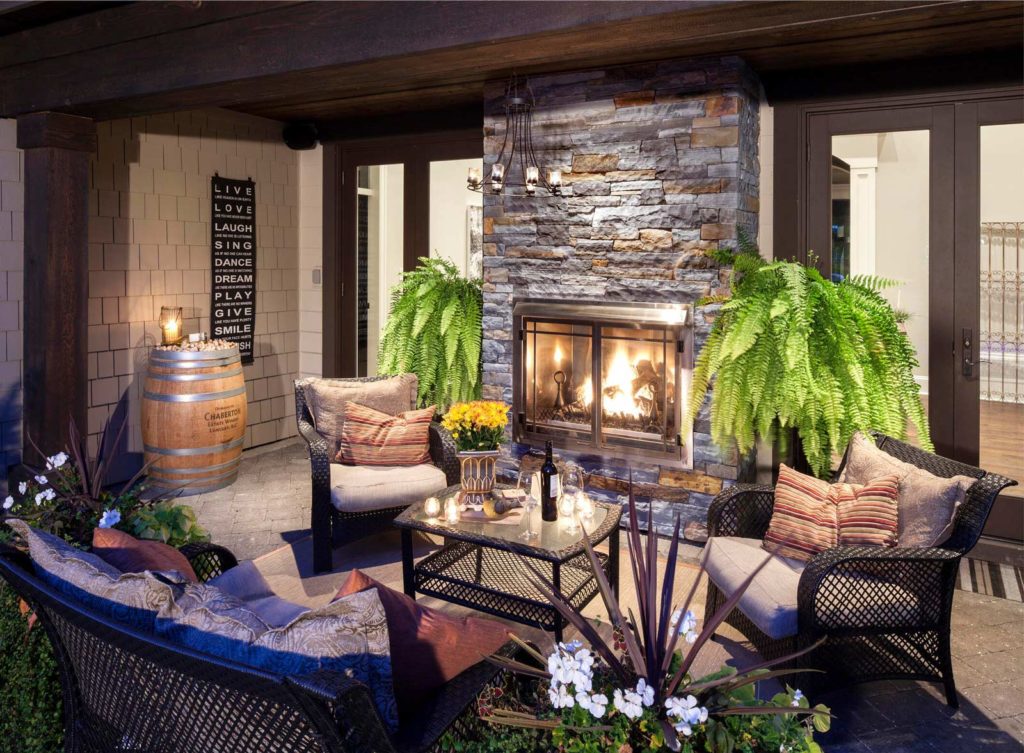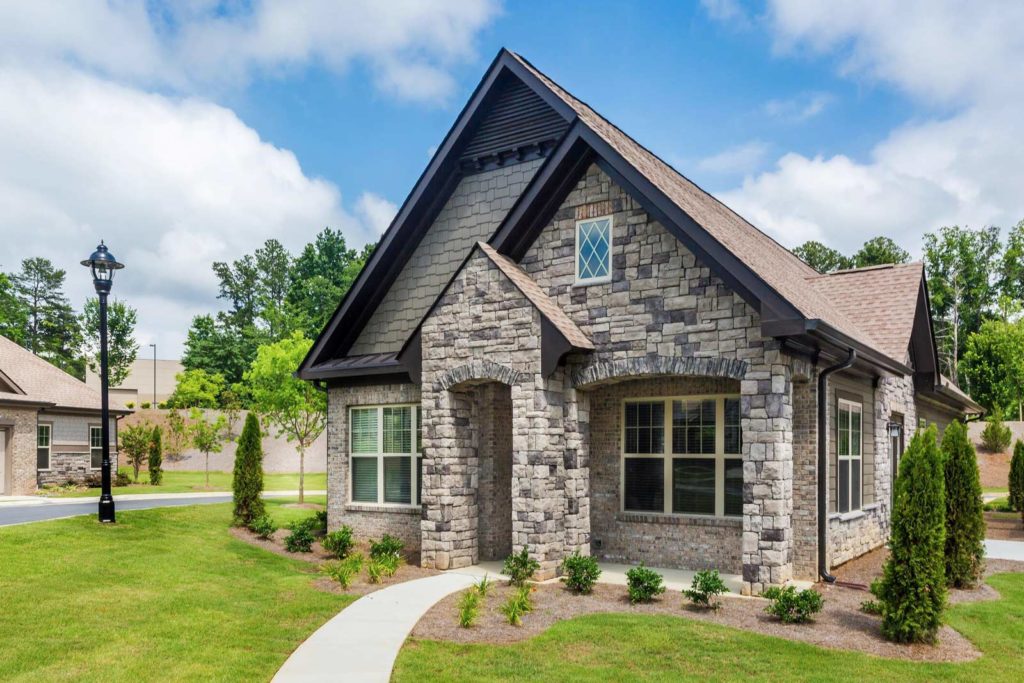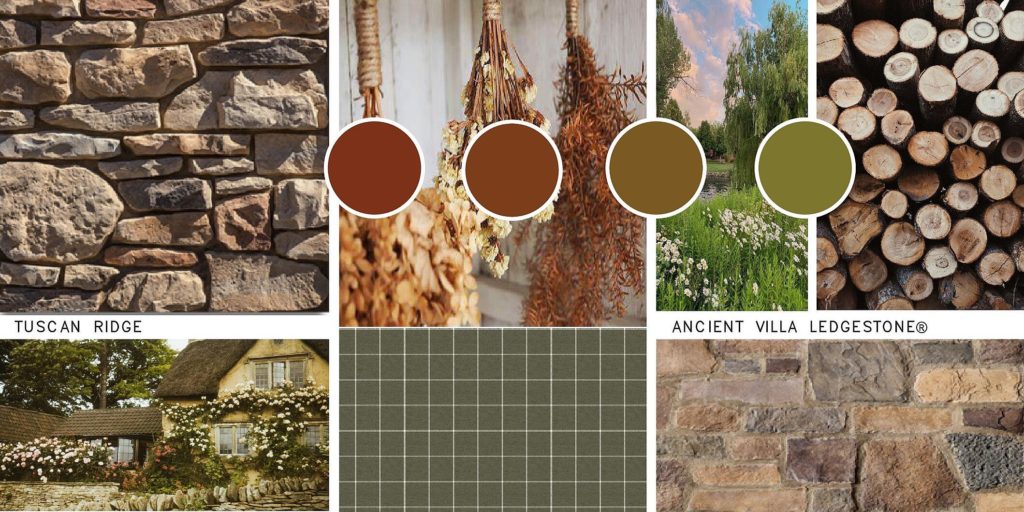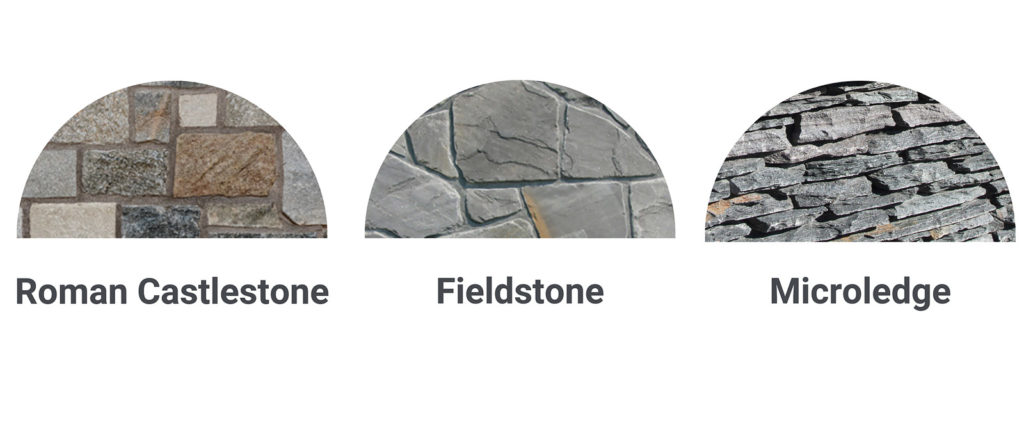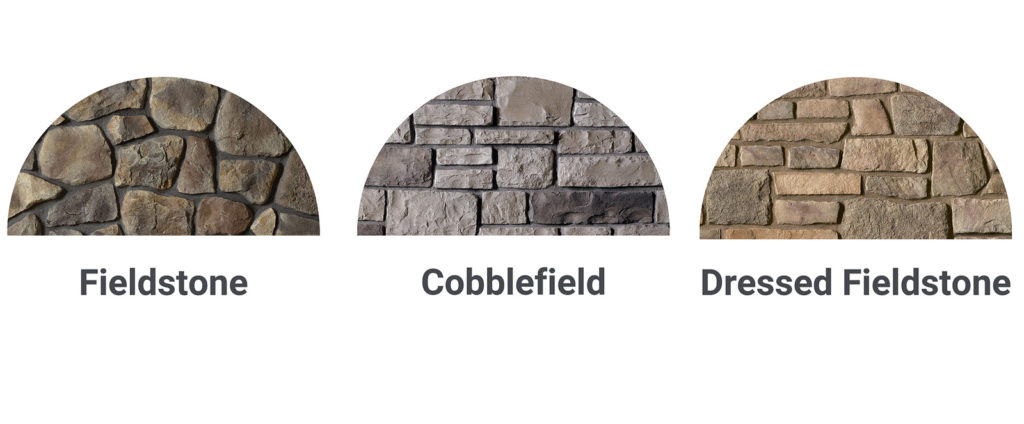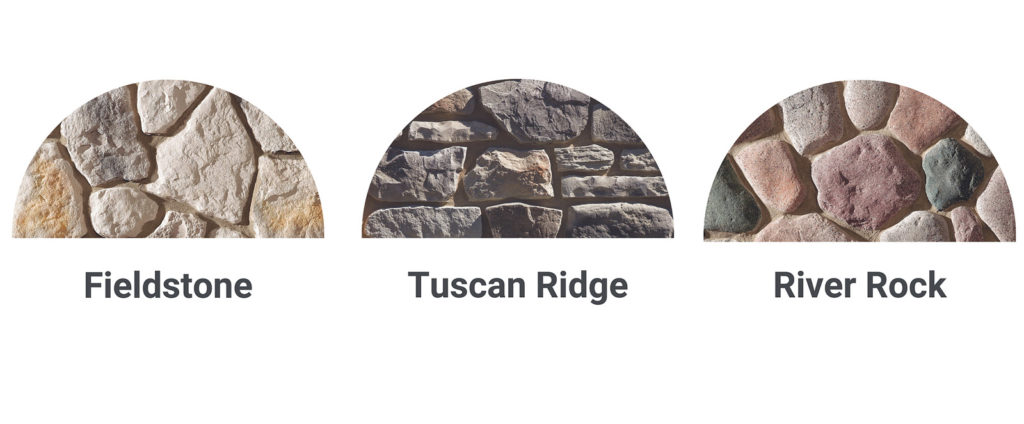
Manufactured Stone Veneer VS Siding: How Do They Compare?
The exterior of the home offers the ultimate first impression, and cladding plays a prominent roles. Choosing the right material can make the difference aesthetically as well as in the home’s long-term performance. But what is the best option when comparing manufactured stone veneer vs. siding? Manufactured stone is one of numerous options for the façade—and one of the soundest investments. But how does it compare to other cladding materials?
Cost & Return on Investment
When placing manufactured stone veneer vs. siding side by side, manufactured stone is often the more premium-priced option when it comes to first cost, especially compared to traditional vinyl siding. But the price tag is only part of the story.
Manufactured stone veneer offers the highest return on investment of any cladding material – by a significant percentage. According to the Remodeling 2024 Cost vs. Value Report, manufactured stone veneer recoups 153% of its cost. This dramatically greater than all other cladding materials, including fiber cement siding replacement (88.4%) and vinyl siding replacement (80.2%).
Aesthetics
Manufactured stone veneer directly replicates stone found in nature – typically using actual stones to craft molds – typically at a lower price point than the real thing. Vinyl and fiber cement siding surfaces often are designed to replicate wood grain, but authenticity can vary greatly from brand to brand and is often reflected in the cost.
Not only does it look natural, MSV brings stone profiles and colors that consumers may not otherwise be able to get because quarried stone (and clay for brick) is usually sourced locally. Manufactured stone veneer allows buyers to choose a stone look that may be difficult (or impossible) to get at their location due to supply, distance, or cost.
Appearance
Beyond just authentic looks, manufactured stone veneer delivers a solid look on the wall, with blends and shapes limited only to the installers imagination. Vinyl siding can appear wavy on the wall if not fastened properly and shows visible seams.
Durability
Cement-based products are known for their durability, reliability, and longevity, and manufactured stone is no exception. Manufactured stone veneer and fiber cement siding are durable through all types of extreme weather, including wind, heat, and fire. Manufactured stone colors weather in similar ways to natural stone.
Installation
With panelized installation, vinyl siding has a lower learning curve and can be hung by siding contractors and experienced DIYers. Manufactured stone veneer is installed by masons and does take time to develop expertise. CMHA offers an MSV Installer program that provides fundamental MSV installation guidelines and industry best practices. This helps ensure better quality work as well as highly valued credentials.
Longevity
Lifespans and warranties for all three cladding types can vary greatly depending on quality, though all three outperform wood. Manufactured stone veneer lasts a minimum of 25 to 50 years, though its life expectancy is likely much greater as evidenced by the existence of concrete going back centuries. According to Today’s Homeowner, stone siding has a lifespan of more than 100 years, fiber cement siding can last up to 60 years with proper care, and vinyl siding lasts 30-40 years.
Maintenance Manufactured stone veneer, vinyl, and fiber cement all boast low-maintenance properties, with each requiring just occasional cleaning. Depending on the brand and the paint, fiber cement siding will eventually need to be repainted and recaulked, which MSV and vinyl will not require. Ultimately, choosing a cladding material comes down to a balance of preferences and priorities—first and foremost being what overall aesthetics is the buyer seeking and what is their budget. From there, weigh options for lifespan, maintenance, performance, and more before making final selections.
Photo Courtesy of Instone / featuring Dutch Quality: Ashen Weather Ledge • original article courtesy of CMHA: Concrete Masonry & Hardscapes Association

